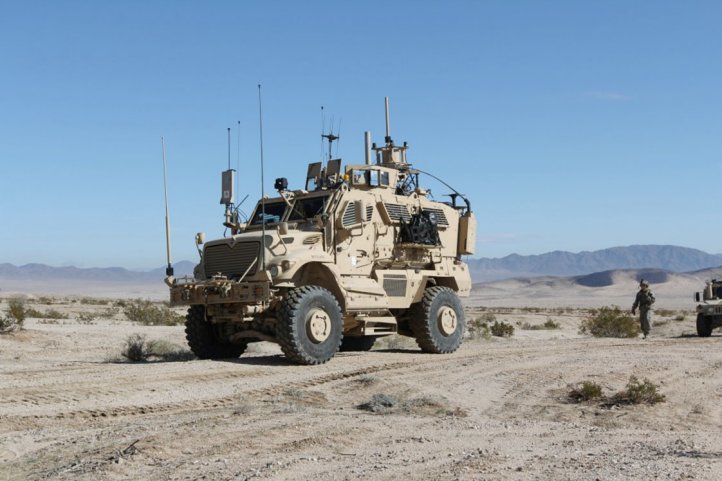
The ability for networked communications, intelligence, surveillance, and reconnaissance (ISR) and other artificial intelligence (AI)-enabled end-user platforms to update and enhance their embedded AI algorithms, based on the data collected on the battlefield in real time, could soon be a reality.
The current slate of AI-enabled tools and associated algorithms being integrated into deployable combat and intelligence platforms for US Armed Forces and government agencies can execute “inference at the edge”, as in predictive analysis of collected data to narrow down a list of potential options or outcomes for a combat commander, said Booz Allen Hamilton vice president Justin Neroda.
While actual AI algorithm training and development at that tactical edge is relatively non-existent with the current crop of AI systems, “I think that will become more and more prevalent,” said Neroda, who heads the company’s Strategic Innovation group focusing on AI, machine learning, and advanced analytics. “It is really about how do you do the math to compile that inference back to a central node, without sending all the data back. That is really the trick in that … and there are several approaches that we are looking at, in how do you do that effectively,” he told Janes.

Looking to read the full article?
Gain unlimited access to Janes news and more...